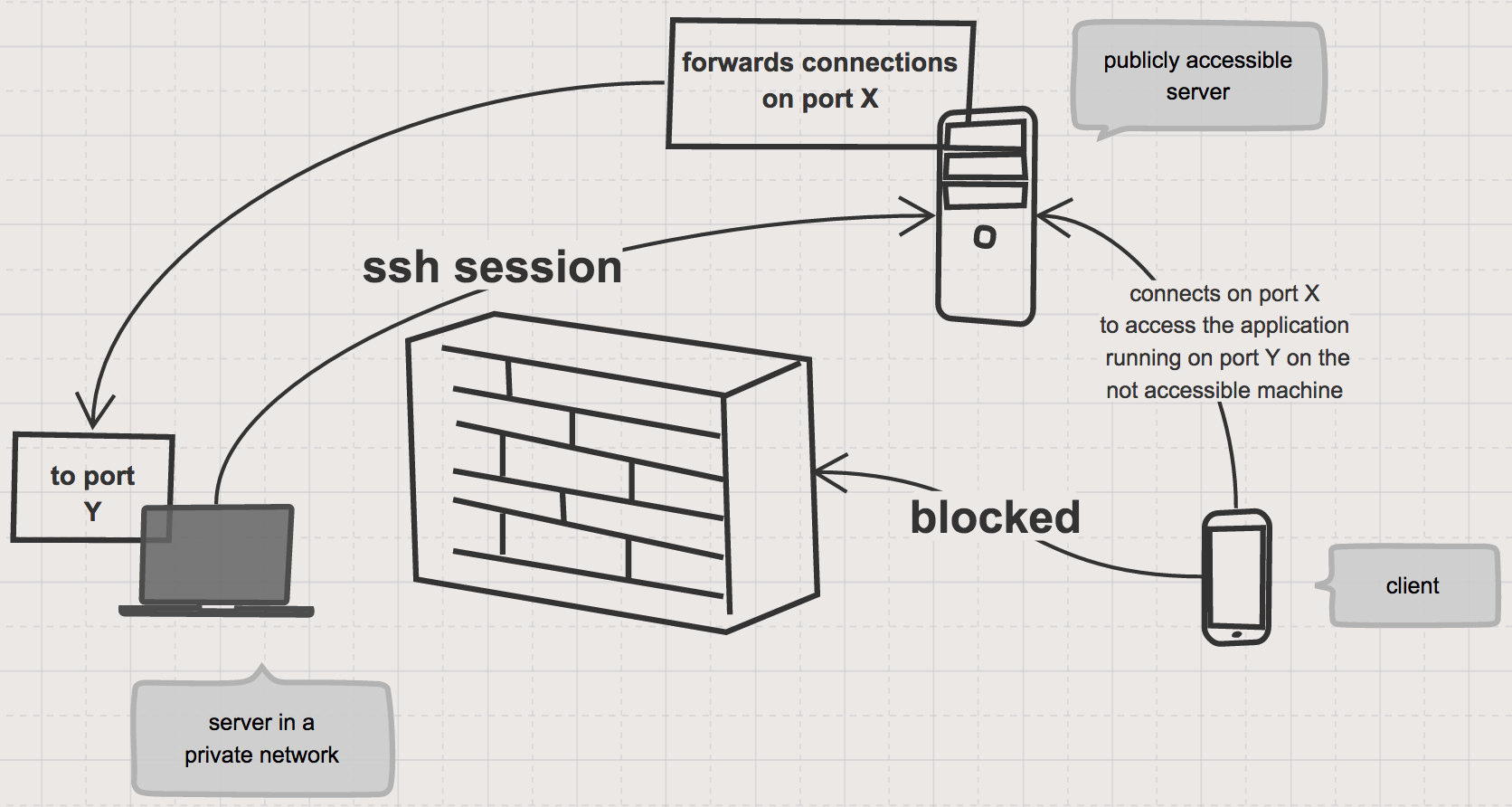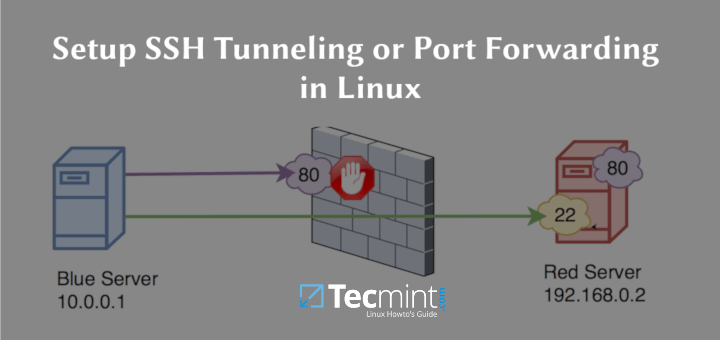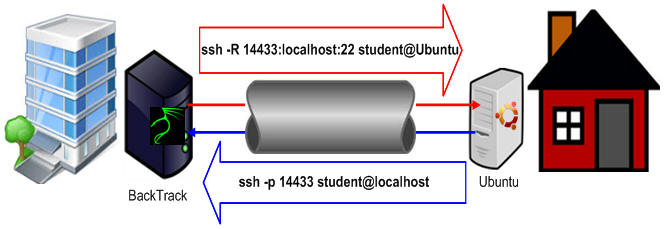

Which then lets us curl "127.0.0.1:80" to access port 80 internally in the pod: Diagram for what programs are connecting to what In reverse: Listen in pod and connect to host: To do this in the PuTTY application on Windows, select Connection > SSH > Tunnels. Tcpserver 127.0.0.1 8000 kubectl exec -i web-pod nc 127.0.0.1 8080 So the localhost in the command above means localhost from the perspective of the remote server. If we combine the tools above with kubectl, we get a command like this: As this is a cumbersome approach, an easy but insecure solution exists, which is recommended in many tutorials or posts on StackOverflow.

In many cases this is not possible without building a new Docker image which includes the client. Combine with kubectl: Listen on host and connect to pod Connect to LoadBalancer services minikube tunnel Connect to LoadBalancer services Synopsis tunnel creates a route to services deployed with type LoadBalancer and sets their Ingress to their ClusterIP. Using SSH tunnels within Docker containers would require installing an SSH client and mounting keys. The -C flag sets netcat to send HTTP line endings. Set up SSH Tunneling Use ssh-keygen or similar to get and configure a public/private key pair for SSH authentication. The above example requests an HTTP page using netcat. Our first function uses the sshtunnel package SSHTunnelForwarder module to create an SSH tunnel and port forwards it to a port on the local machine, then it. It lets you make a connection to an open port and forward the input/output provided to it through stdin/stdout: It lets you open a local port and forward traffic via stdin/stdout to any command you specify. " tcpserver" is an open source utility that's available in most linux package repositories. Connect a VNC session to a pod with a virtual desktop running in it (see: XVFB).Run a one-time migration script on data in a staging cluster without needing to create a container for it. Testing Environment: For the purpose of this article, we are using the following setup: Local Host: 192.168.43.31 Remote Host: Linode CentOS 7 VPS with hostname.Access the production database from local database tools without needing to fiddle with auth (usually localhost has root auth).Attach a TCP debugger to a pod running locally.

Check what the /healthz HTTP endpoint of a pod is returning in a production cluster.I've omitted the ssh -f option so that the ssh tunnel runs as a foreground process, as the only process in its container.It's a common scenario: You want a port on your local computer to magically forward traffic to your pod/container (or vice-versa.) Use cases ports: would also publish the port on the local system and aren't required (or considered) for connections between containers.
#DOCKER CREATE SSH TUNNEL WINDOWS#
This article uses an OpenSSH server and PuTTY client on a Windows machine to help you set up an SSH tunnel.
#DOCKER CREATE SSH TUNNEL INSTALL#
This is easy enough to build from source, so we'll do that FROM ubuntu:22.04Īpt-get install -no-install-recommends -assume-yes openssh-clientĭo not copy the ssh keys into the image. The first thing you'll need is an image with the ssh client. 5 Goal: connect locally to a remote repl (e.g. Setting up public key authentication Generate an SSH Key Copy the key to a server Test the new key. In your case, if the ssh tunnel was launched from a container, you could use normal Docker networking, and connect to api:9000, using the standard port number of the container. Where port on the remote host is forwarded through the ssh tunnel, making outbound connections to host:hostport from the local system. Looking at a copy of the ssh(1) man page, the ssh -R option sets up a port forward from the remote machine back to the local machine ssh -R port:host:hostport


 0 kommentar(er)
0 kommentar(er)
